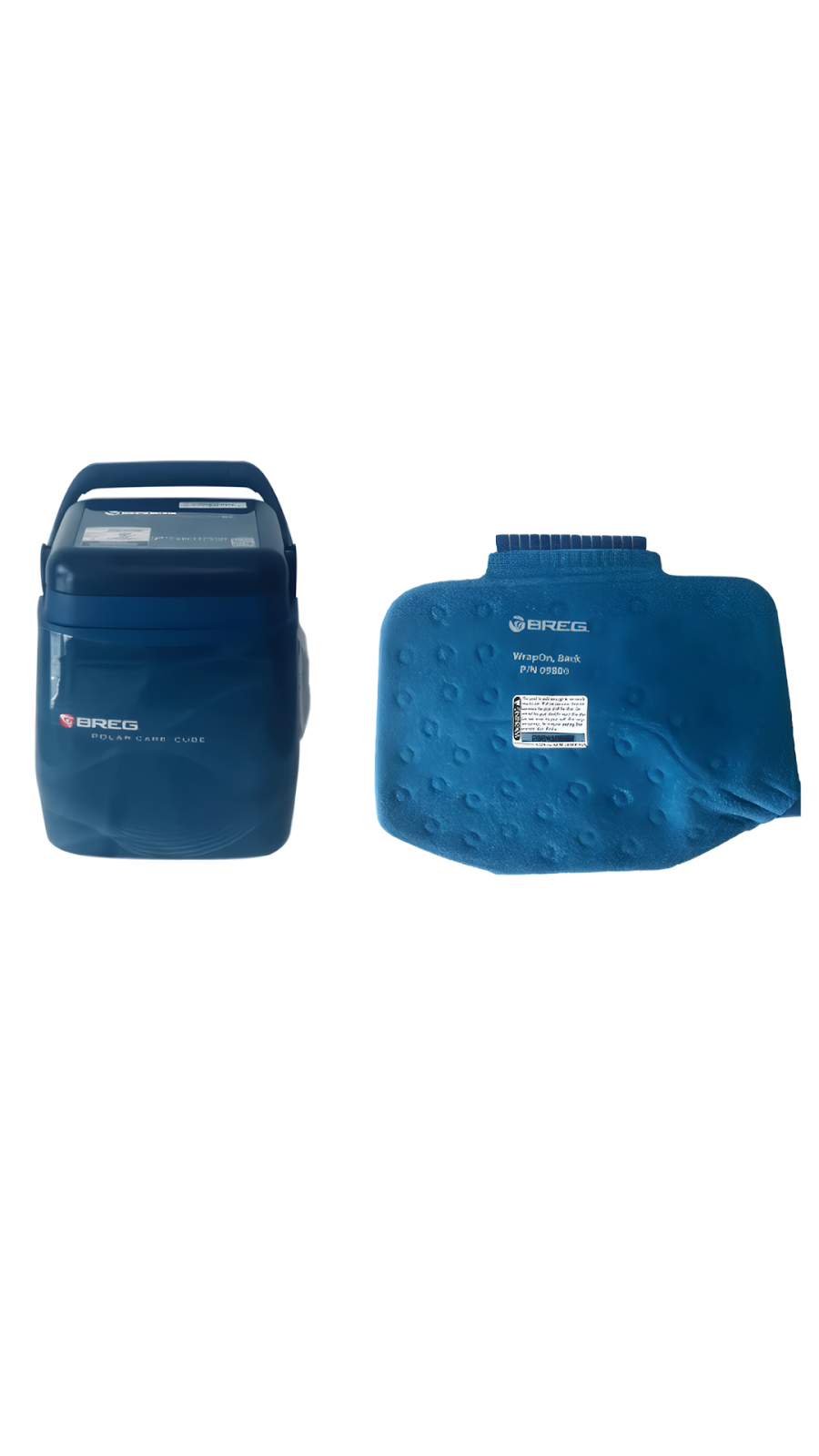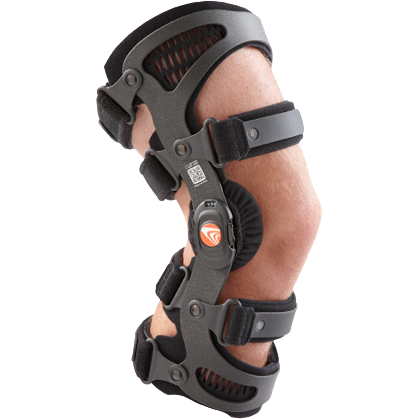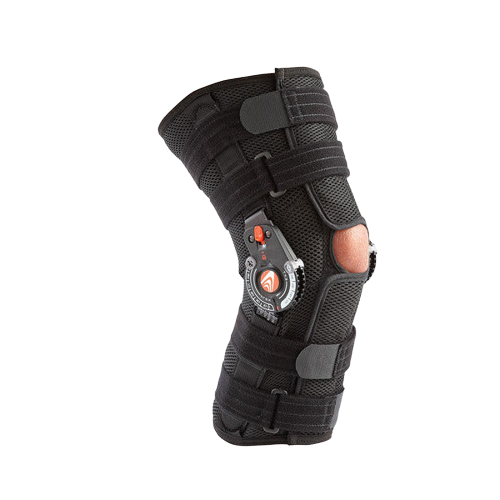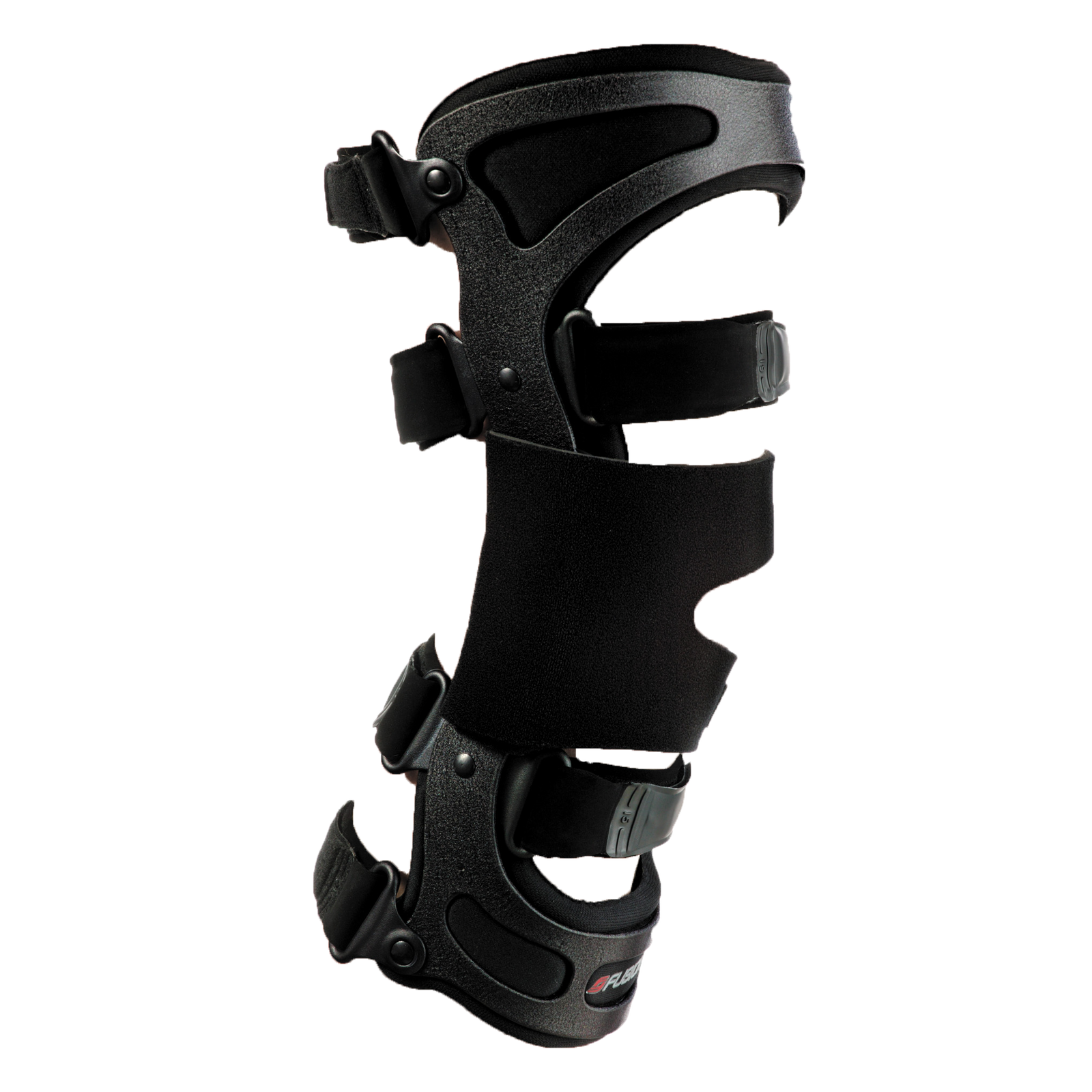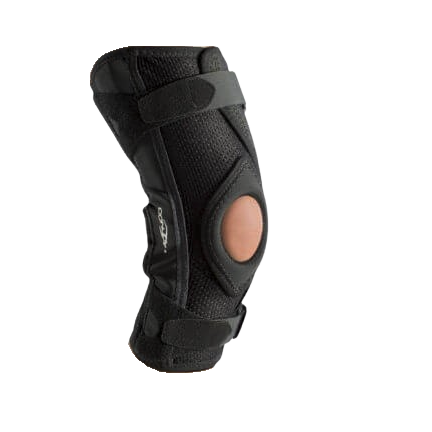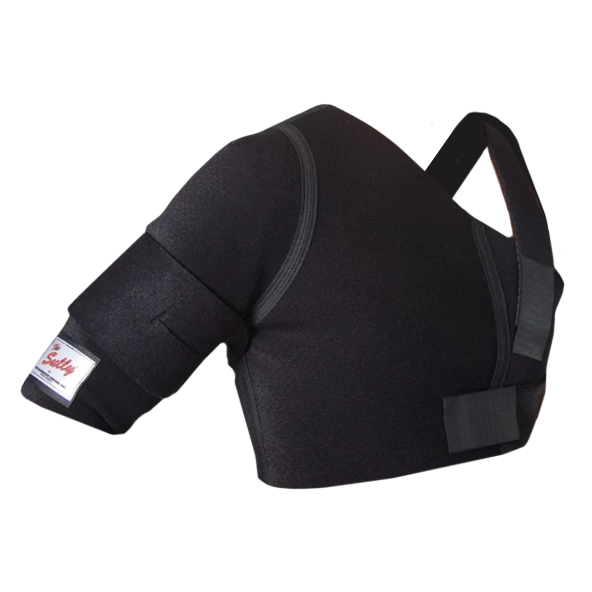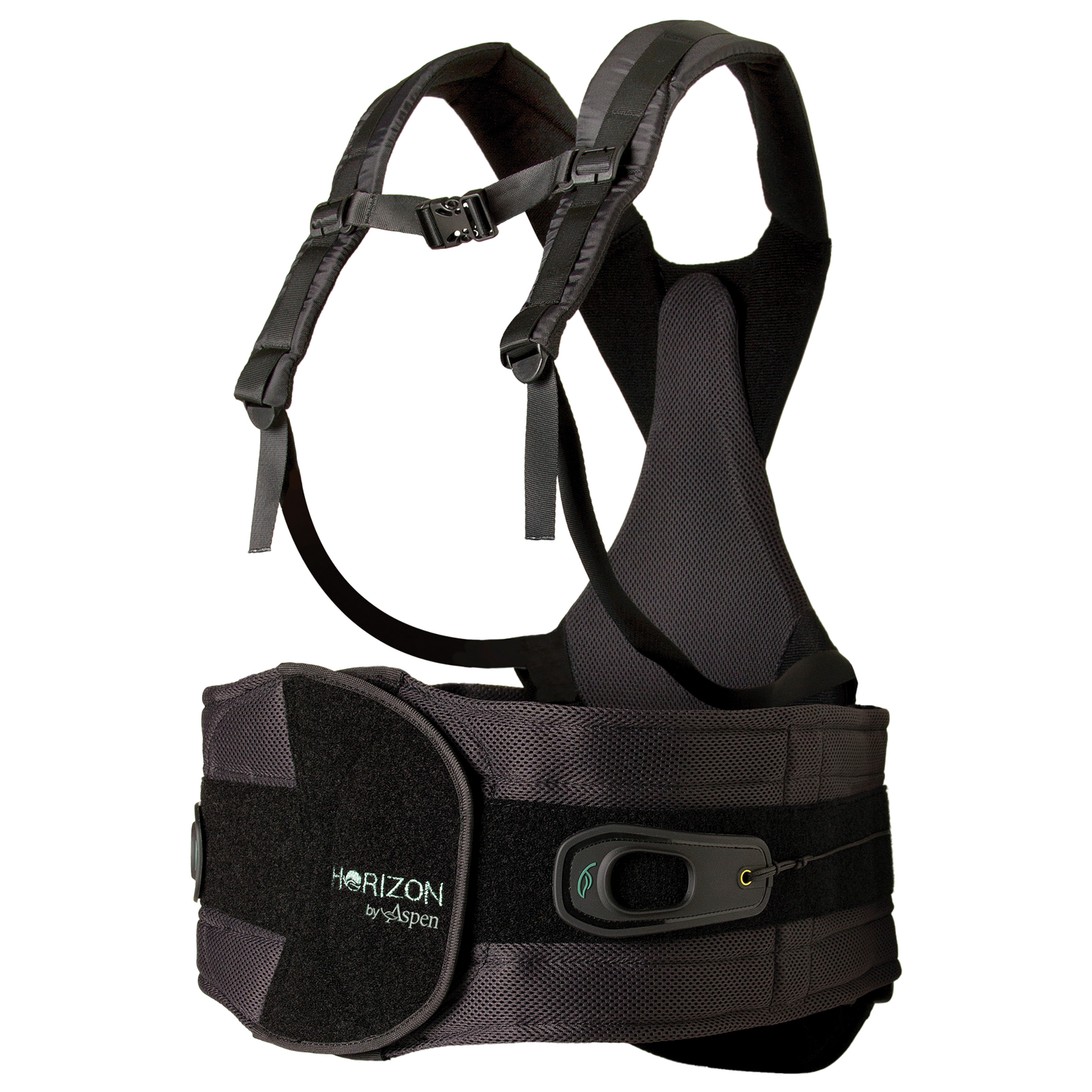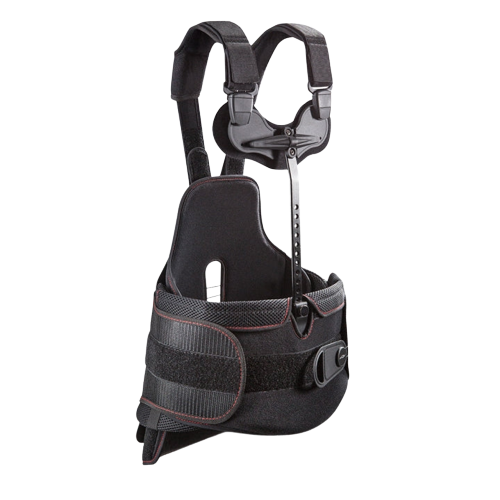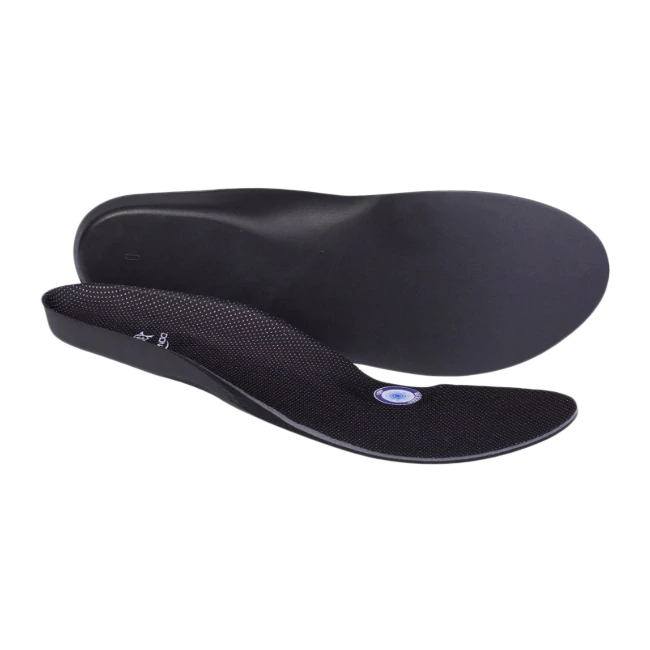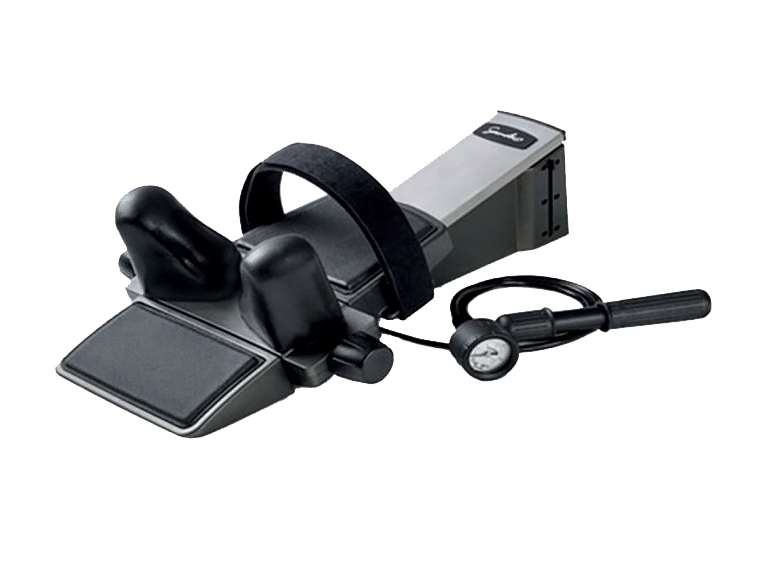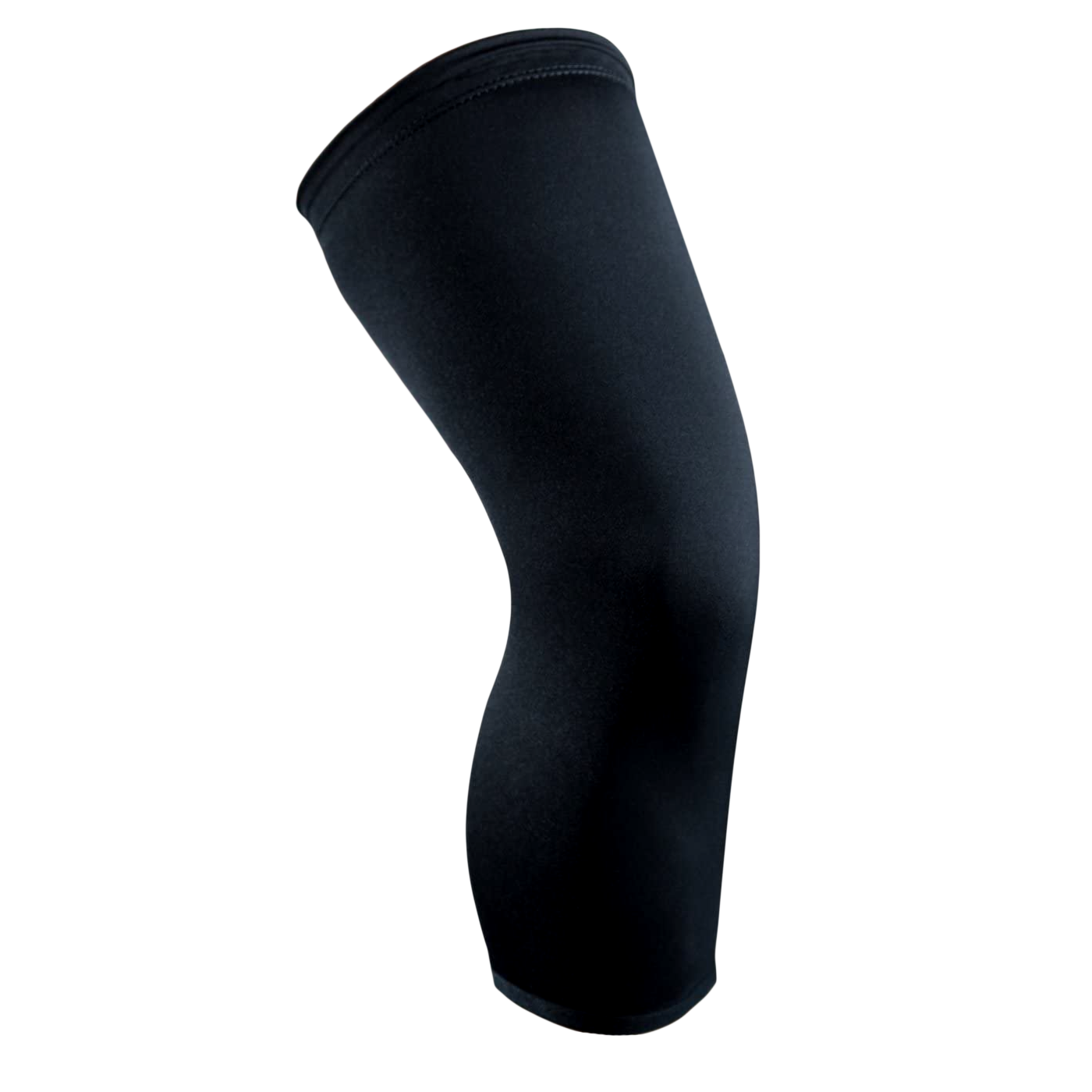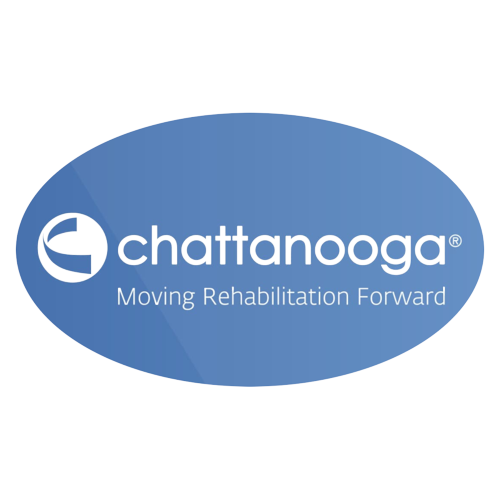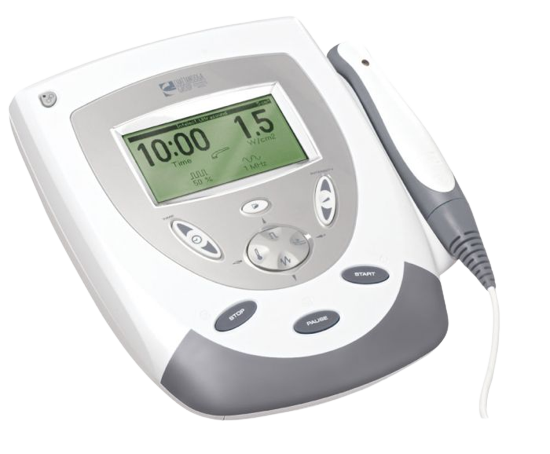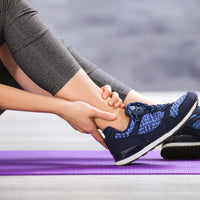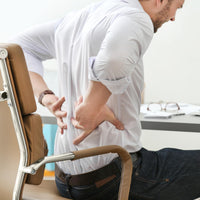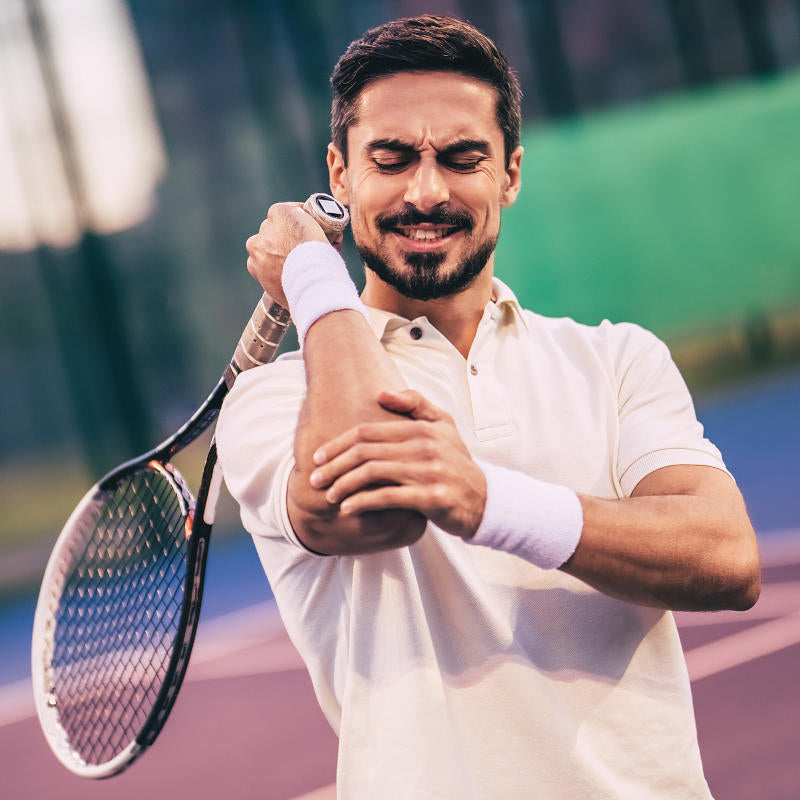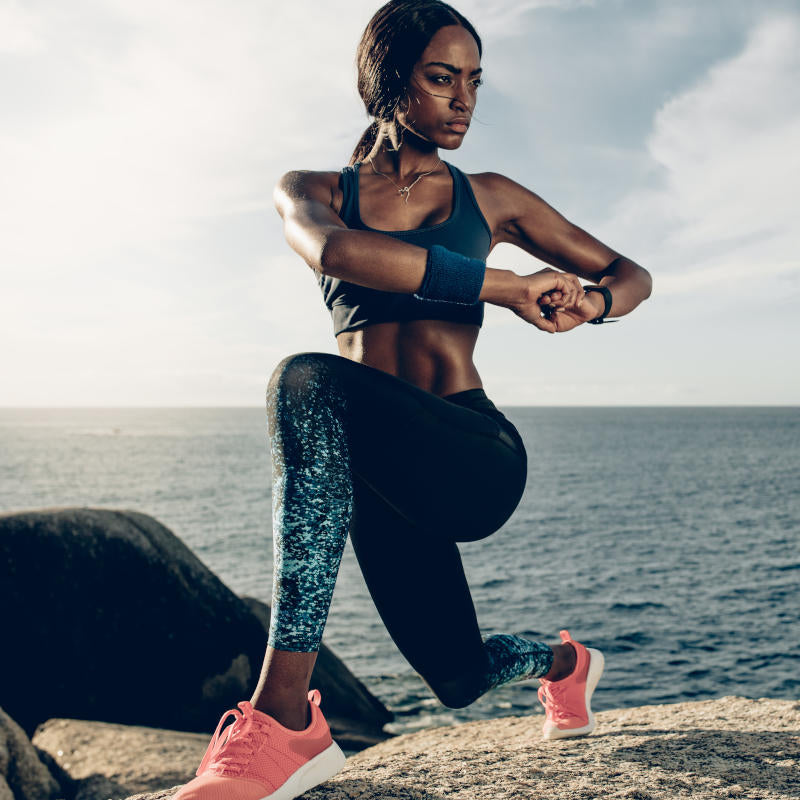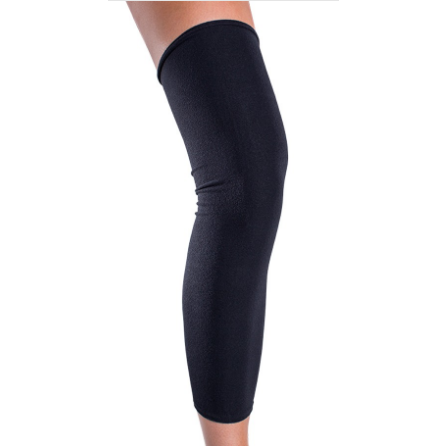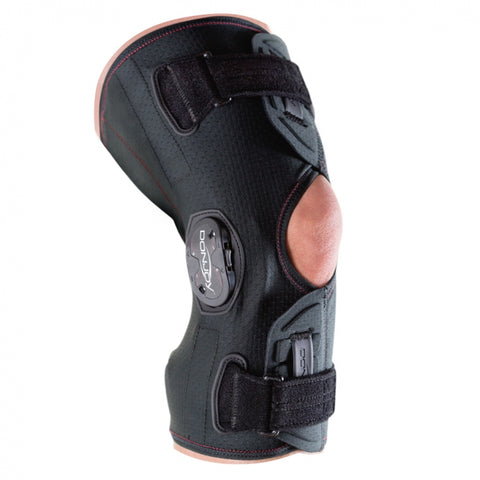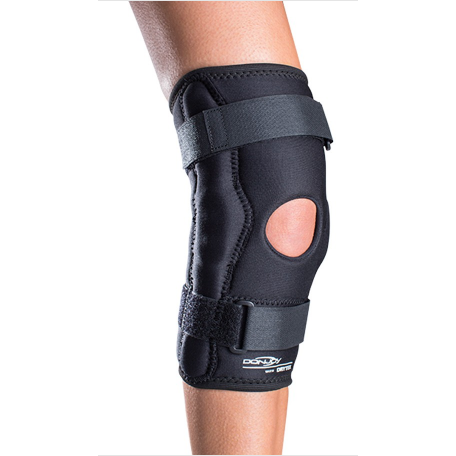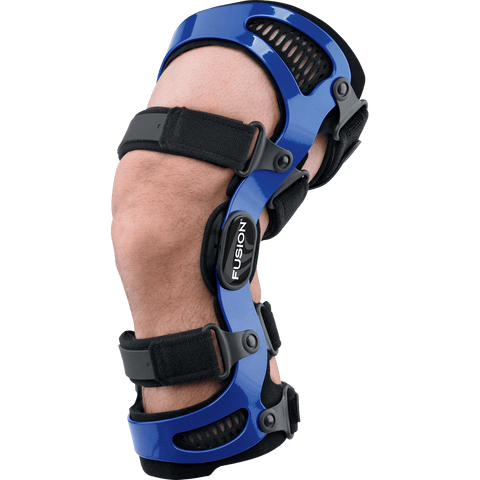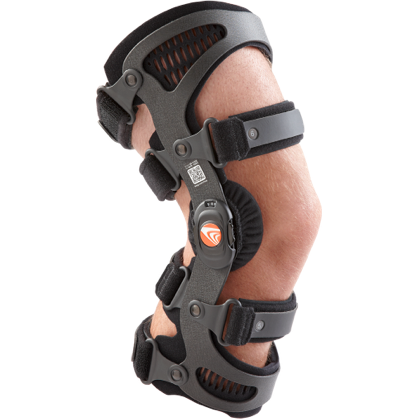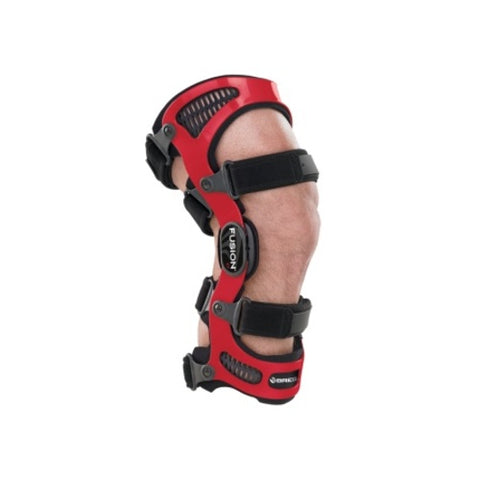
Choosing the best knee brace for running is a taxing process if you have little experience and so many options.
But once you find a knee brace that fits your needs, they are extremely helpful when your joint feels weak or unstable and needs added support and compression.
Pain relief is right at your fingertips once you learn what makes up the best knee braces for running.
Quick Takeaways
- Up to 40% of knee pain occurs at the kneecap due to wear and tear associated with high intensity running
- Knee braces provide extra support to the patella and surrounding ligaments and tendons, lessening the impact of pain and swelling
- If not worn correctly as advised by your doctor, knee braces can weaken your knee and cause more harm than good
To reap the benefits that knee braces can offer, understanding how braces can help and what level of support you need is key.
Knee Braces 101
As an athlete, you’ve likely noticed the many knee braces worn by other runners. In fact, 20-40% of knee problems occur at the kneecap, due to high levels of pressure associated with running for long periods of time.
Whether it’s runner’s knee, osteoarthritis or post-operative recovery, many people find themselves in need of added stability and compression.
Why Wear a Brace?
Knee braces for running are worn to provide extra support to the knee cap and surrounding ligaments. Wearing a knee brace can help maintain alignment, reduce stress and alleviate pain.
Depending on the type of brace, knee braces can also provide compression. Compression is known to:
- Increase blood flow
- Reduce inflammation and pain
- Prevent varicose veins
- Lower risk of blood clots
These benefits make knee compression braces helpful in a variety of situations, such as limited mobility and post-operative recovery.
When A Brace Can Help
If you’re a runner, you know that knee pain can interfere with your training schedule. In many cases, wearing a knee brace can help relieve pressure and pain.
If you haven’t experienced an acute injury and your pain started gradually, talk to your doctor about whether a brace is worth trying. Knee braces can be a great tool for athletes to protect themselves against injury.
When A Brace Can’t Help
Just like any healing method, knee braces are not a “cure-all” and cannot fix every ailment.
If you’ve experienced impact or trauma to your knee, like a fall or twist, it’s advised that you consult your doctor to make sure your injury isn’t serious. Swell, increasing pain, and inability to fully bend or straighten your knee are all signs that something more serious has occurred.
It’s also important to avoid overuse of a knee brace. Although sometimes additional support is necessary, it can weaken your muscles and tendons in the long run. If your doctor recommends that you wear a knee brace, be sure to only wear it for the duration advised.
Types of Knee Braces
If you’re in need of extra knee support when running, it’s important to know that there’s several different types of knee braces. The type of brace that’s best for you is determined by the level of support you need.
Knee Straps
A knee strap is the most minimal knee brace a runner can wear. These braces are simply wrapped around the leg below the kneecap to apply comfortable, cushioned pressure that helps reduce pain.

Wearing a knee strap during athletic activities, such as running and jumping, provides protection and support to the patella. These support braces are most commonly used to help with patellar tendonitis, also known as “runner’s knee”, and Osgood Schlatter’s disease.
Compression Sleeves
Another type of minimal support brace is a compression sleeve. This type of brace is a tight sleeve that hugs the joint, limiting inflammation and improving mobility.
Compression sleeves are typically the one of the first types of brace that runners try for extra support. Since their support is minimal, compression sleeves are generally safe to use when experiencing any kind of pain.
Patellar Brace
Runner’s knee pain is often caused by the knees falling inward while running. Patellar braces will help to guide your knee cap, or patella, to track in a straight pattern and lessen the amount of pressure of your tendon.
Patellar braces look similar to compression sleeves but have a thickened portion that protects the patella. They are often most helpful in cases of patellofemoral pain and patellar tendon issues.
DONJOY TRU PULL LITE KNEE BRACE
Wraparound Brace
Wraparound braces offer the most support possible while still retaining a moderately normal level of mobility. These braces relieve pressure throughout the knee and provide adjustable levels of compression.
Depending on your wraparound brace’s design, it may double as a patellar tracking brace. Wraparound braces are most helpful with moderate to mild knee pain where adjustable compression is desired.
Medial/Lateral Support Brace
The medial/lateral brace offers the highest level of support for runners. These braces have strong, hinged portions that help prevent the knee from caving in and out. Since they offer the highest level of support, they also have the bulkiest feel and appearance.
With this brace, you’ll have added protection of knee ligaments to help prevent sprains and tears. Medial/lateral braces also protect the ACL against rotational forces that can ultimately cause serious injury.
Talk To Your Doctor
A knee brace for running can help relieve pressure and pain from your tendons and ligaments. Although a great tool to keep you pain-free while running, any prolonged discomfort and consistent reliance on extra support could be a sign of a deeper issue.
When it comes to keeping your joints healthy, working closely with your healthcare provider is key. Before trying out a new knee brace, consult your doctor first to ensure you’ve found the right one for you.
To learn more about the many healing methods that provide support on your healing journey, visit orthobracing.com today!

